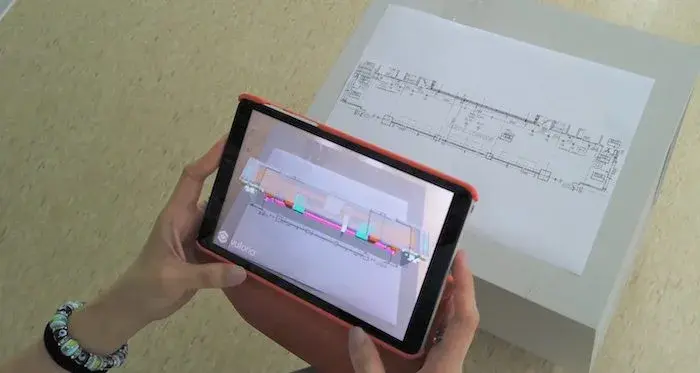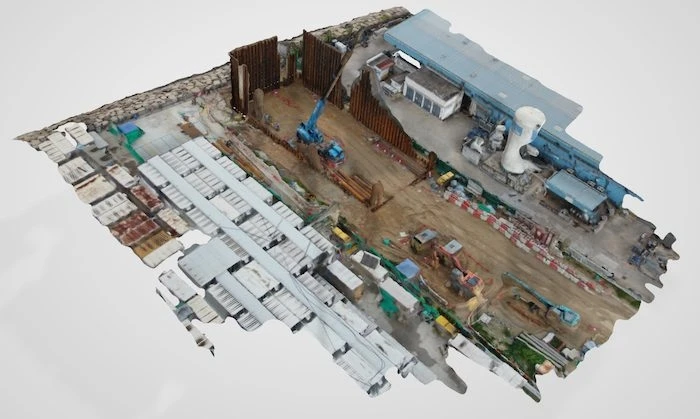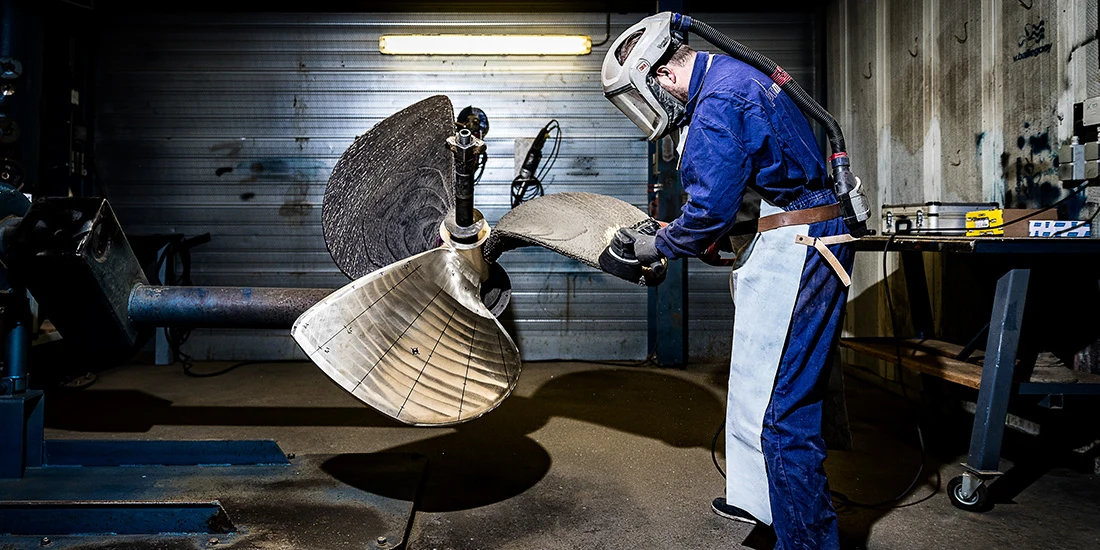& Construction

Integrated BIM tools, including Revit, AutoCAD, and Civil 3D
& Manufacturing

Professional CAD/CAM tools built on Inventor and AutoCAD
Hong Kong is on the road to reindustrialization, with its government providing billions of dollars to bring the manufacturing industry back to bolster the economy, create new opportunities, and retain talent. This translates into heavy investment in Industry 4.0 technologies such as the Internet of Things (IoT), artificial intelligence (AI), prefabrication, and leaner processes. An integral part of reindustrialization is Construction 2.0, a government-led initiative that leverages these technologies to achieve three key pillars: innovation, professionalism, and revitalization.
Construction 2.0 practices were instrumental in building Hong Kong’s Advanced Manufacturing Centre (AMC), a 1.1-million-square-foot production facility. It is set for completion in 2022 and will support innovative manufacturing processes and technologies, including 3D printing, robotics, and shared services for prototyping, assembly, logistics, and storage.
Gammon Construction, a construction and engineering contractor with headquarters in Hong Kong, was tasked with bringing AMC to life and integrating Construction 2.0 into the building development process. Gammon leveraged technology to address labor shortages and site safety issues, shorten construction time, and address the unique challenges of an advanced manufacturing facility.
A well-known digital contractor in Hong Kong, Gammon put all its significant experience, resources, and innovation into passing this test. The AMC project, which won the Autodesk Hong Kong BIM Award, uses BIM in full cycle, reflecting the industry changes brought about by Construction 2.0 initiatives. Using BIM to create a digital twin proved to be a very important milestone of the project.
“We used the digital twin during our workshops so all stakeholders—engineers, workers, supervisors—can simulate the works before they’re carried out,” says Sammy Lai, a director at Gammon Construction. “They can understand the procedures, design a sequence of work, and decide on the workflow.”
The firm also used the digital twin to uncover site safety issues. “We used clash detection and buildability analysis to verify the feasibility of the design and check that components can be built in a safe manner,” Lai says. “If we have good coordination and do it right the first time, we can enhance quality.”
Gammon combined traditional construction techniques with more modern methods, such as design for manufacture and assembly (DfMA) and multitrade integrated mechanical, electrical, and plumbing (MiMEP). DfMA involves manufacturing components off-site and then assembling and installing them on-site, while MiMEP adopts DfMA for mechanical, electrical, and plumbing components.
The firm established three off-site factories and one on-site factory to construct more than 7,000 MiMEP modules, which streamlined the process considerably. “Normally, we would hand over plant rooms to the subcontractors and workers for installation of MEP components, and it would take them around 30 to 45 days,” Lai says. “But now, installation can be done in just one day.”
Aside from saving time, Gammon found that DfMA and MiMEP solves broader issues by making construction safer and addressing labor shortages. “A factory is a well-controlled environment, so it can be much safer than constructing on-site, especially for an aging workforce,” Lai says. “And due to labor shortages, it would be easier for us to hire people to work in a factory than on-site.”
To further speed up construction, Gammon used precast double tee slabs. “The original design of the structure is a flat slab structure with very thick slabs, so you can imagine a lot of concrete being poured during construction,” Lai says. “It also poses problems with sequence and logistics. Using precast double tee slabs, we still achieve the same structural performance while reducing the amount of concrete by 60%, leading to less wastage.”
Change management was one of the biggest challenges Gammon faced. For a large project like AMC, initiating a change meant getting all stakeholders to agree on and understand the change. Lai cites a new initiative Gammon introduced—a mobile app that incorporates technology such as augmented reality and makes a handover easier, faster, and more efficient for subcontractors—as an example of how the company tackled change management.
“I had to gather all the supervisors, subcontractors, workers, and management team to do a trial run and see whether it suits their purpose,” he says. “It wasn’t easy, but I tried to engage them early, understand their pain points, and find ways to solve them. I also gave them the support and encouragement they needed, and a little bit of push to try the app and see how it will help them.”
Business practices must evolve to meet current realities, including a changing workforce. Gammon focused on skills development through training, with most of the project team trained in BIM and DfMA. But the firm also discovered the different ways mentoring could be an essential tool for improving professionalism and modernizing the firm.
“You can find people with the right skillset, or you can train them to reach a high caliber,” Lai says. “But the most important thing is having the right mindset and attitude.” To achieve that, Gammon carried out traditional mentoring—with junior staff learning from senior staff—and reverse mentoring, where junior employees mentored senior staffers.
“These junior employees are born digital natives and have a different mindset, so our senior employees can learn more about new digital apps or construction technologies,” Lai says. Beyond that, both traditional mentoring and reverse mentoring focused on creating a work environment that fosters learning, listening, openness, and teamwork.
“When our more experienced people work together with our younger engineers, a bond is created, so the work becomes smoother,” Lai says. “Everybody tries to achieve the same goals to the best of their abilities, and they’re willing to voice out a problem and resolve it together.”
Gammon is also adopting a culture of diversity and inclusion. “We have a mix of old and young team members, and our female ratio is about 20% in a team,” Lai says. “We have women colleagues in different positions and at different levels—engineers, assistant project managers, and managers.”
Gammon’s efforts in the AMC project are one step toward revitalizing the construction industry in Hong Kong—and its methods could also be a path for other firms to follow. Lai envisions an increasingly digital future attracting a younger generation to join the industry.
“The skillsets will be different,” he says. “It won’t only be engineering and construction, but a mix of factory management, logistics management, and even software engineering. At our company, for example, we are hiring more engineers, but also more factory managers and logistics managers, and we’re sharing our knowledge with them.
“There will be a paradigm shift in the construction industry where off-site manufacturing will be extensively used, and digital tools will control the sequence and workflow of construction,” he adds. “We have to change our mindset and move toward a more digital future.”
Rina Diane Caballar is a New Zealand–based writer covering the intersections of science, technology, society, and the environment.
Emerging Tech
Emerging Tech
Emerging Tech









